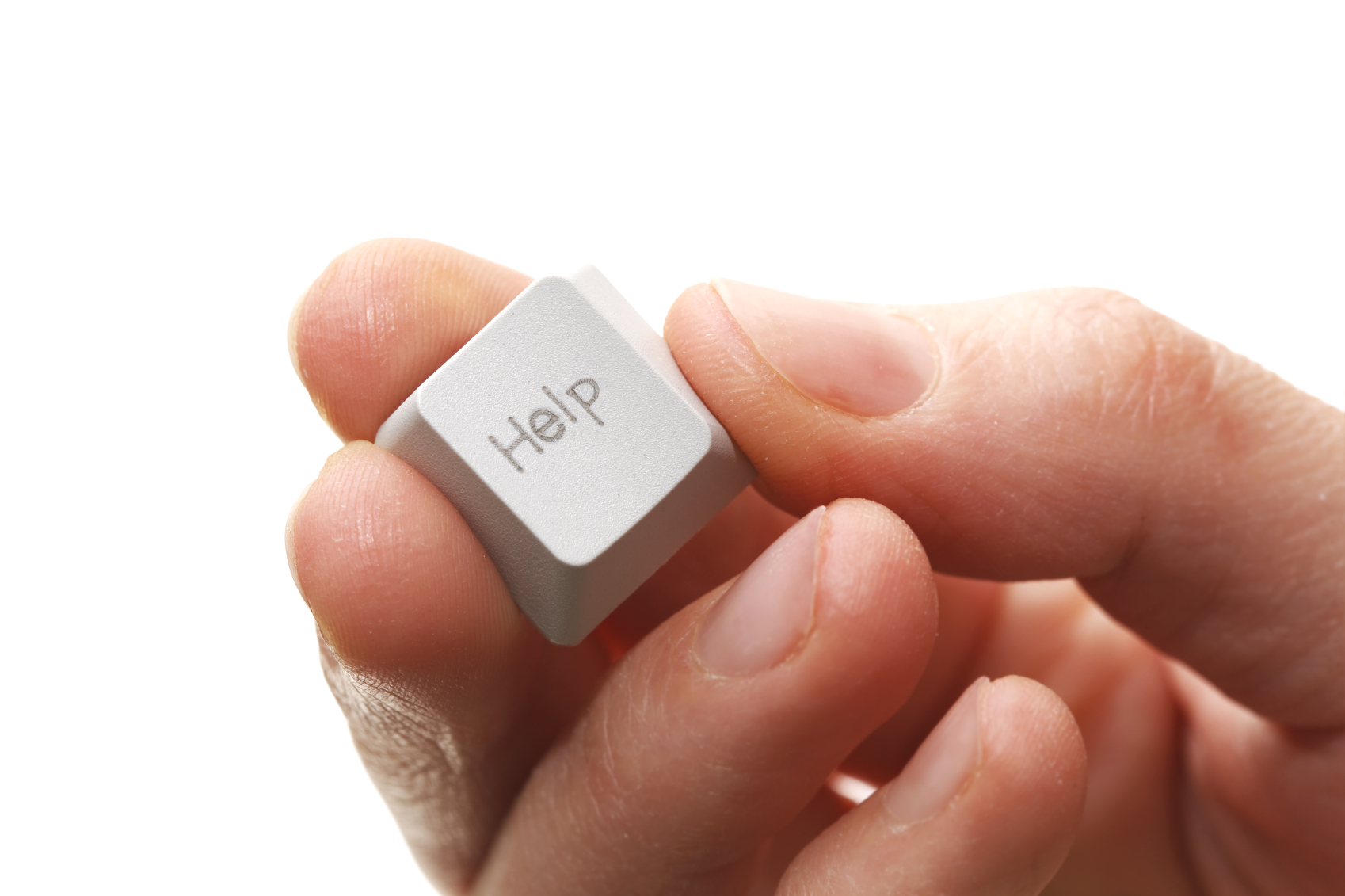 I have to admit that I often cringe when a client tells me they have an announcement that they want to send out using a press release template. Most of the time templates come from corporations or organizations that issue them to recipients of awards, certifications, nominations, etc. However, as PR professional with clients in the South Florida market, I know that while the information in the template release can be useful, it often times needs some serious editing to be considered ‘news’ by local media. Here are five ways you can customize your press release:
I have to admit that I often cringe when a client tells me they have an announcement that they want to send out using a press release template. Most of the time templates come from corporations or organizations that issue them to recipients of awards, certifications, nominations, etc. However, as PR professional with clients in the South Florida market, I know that while the information in the template release can be useful, it often times needs some serious editing to be considered ‘news’ by local media. Here are five ways you can customize your press release:
1. Get to the point: The first paragraph should address “who,” “what,” “why,” “where” and “when,” in as few words as possible. Journalists are extremely busy and this makes their job a lot easier because they don’t have to search for information. Read some briefs in your local newspaper for ideas on how to format your announcement and to help you understand what information is important to them. 2. What’s in it for the reader: Think about what type of information people find interesting, or in other words, think about the angle of the release. How many people or companies have received the award, certification, designation, etc.? The number may affect the newsworthiness of the release. Think of ways to differentiate the release so that it is factual but also of interest to many people. 3. Write a good headline: In a competitive media industry, sometimes journalists don’t get past the headline. Once you figure out the angle of your release, incorporate it into the headline to grab the attention of your audience. 4. Include a brief bio: Whether the announcement is about you or your company, include a brief biography (no more than a paragraph) towards the end of the release. Include contact information if not already noted elsewhere in the release. 5. Send a photo: We live in a visual society. Photos sometimes make the difference between what gets printed and what gets tossed aside. Make sure your image is high-resolution (about 300 dpi) and include a caption with information about what’s in the photo. Also, make sure you have the rights to distribute the photo.


